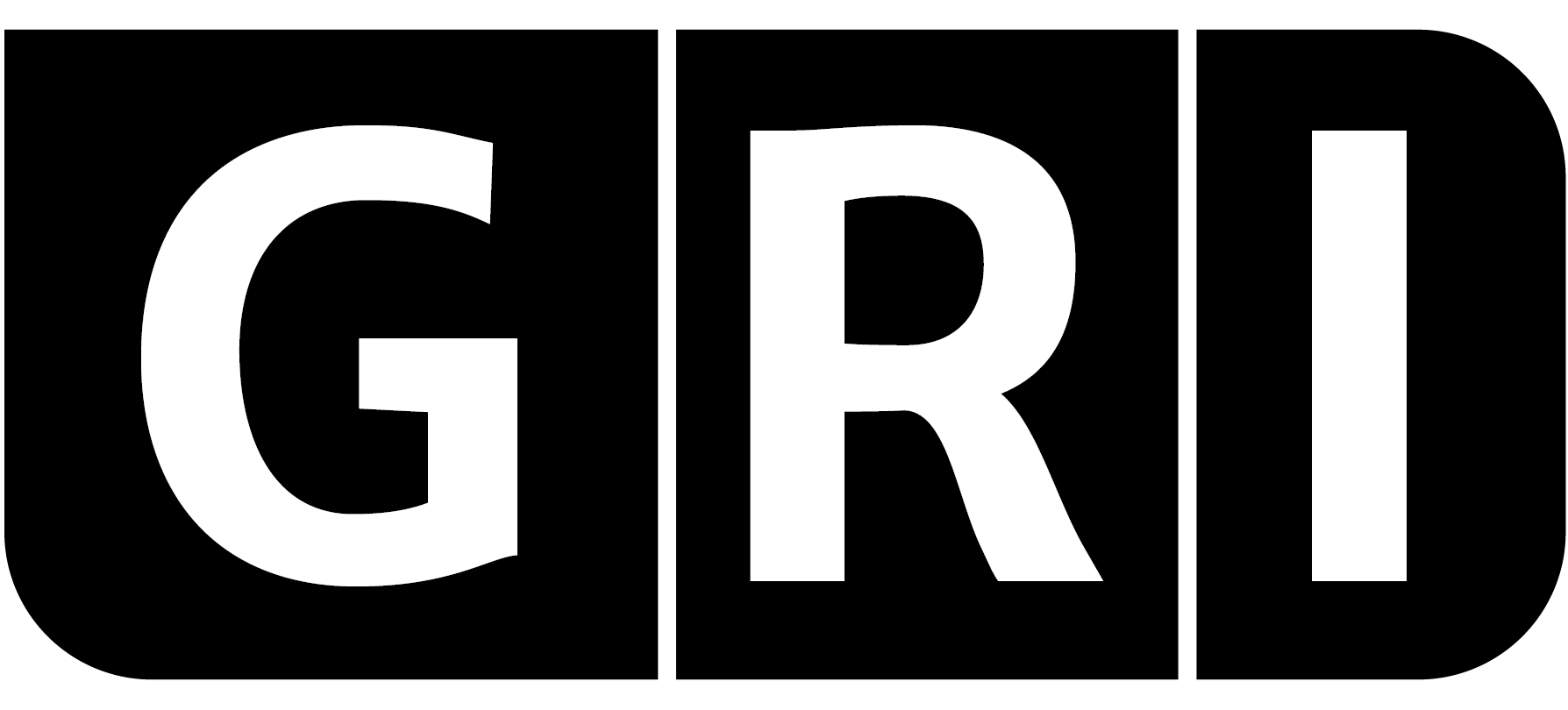



Port of Newport, International Terminal
In 1948, the Port of Newport sank two flat-bottom concrete ships in Yaquina Bay to serve as wharves for cargo handling. Over the past 30 years, one of the hulls has moved about 3 feet toward the bay, resulting in settlement and structural damage behind the wharf. In 2000, GRI conducted a geotechnical investigation to identify the conditions causing movement of the hull and evaluate whether the movement was occurring at the subgrade-ship interface or whether there was a deep-seated failure occurring in the marine sedimentary rock. The investigation included a site reconnaissance, exploratory borings, installation and monitoring of instrumentation, laboratory testing of soil samples, and engineering analyses. A boring was advanced through the center of the ship and one in the backfill behind the ship. An inclinometer casing and two vibrating-wire piezometers were grouted into each boring. Vibrating-wire tiltmeters were installed on the deck of the ship. An in-place vibrating-wire inclinometer was installed in the boring that penetrated the ship’s hull, and a vibrating-wire tide gage provided real-time data to compare with observed piezometer and tiltmeter data. The instruments were connected to data loggers. The field data were used to develop and calibrate a stability model for various failure mechanisms (sliding and rocking). In 2007 and 2008, GRI developed geotechnical recommendations to assist in the renovation of the existing dock structures at Berths 1 and 2 that include the sunken ships. The design team implemented a phased approach for selecting a preferred renovation solution. The alternatives varied from complete removal of the unstable ship to construction of a new dock to strengthening of the sunken ships. The chosen alternative to stabilize the at-risk ship and dock consisted of constructing a new tied-back retaining wall in front of the ship. GRI worked closely with the design team and owner to provide the geotechnical information needed during the decision process. As part of the most recent phase of work on this project, GRI drilled and sampled numerous subsurface explorations on the site and provided recommendations for feasible foundation types, including allowable bearing capacity and settlements for spread footing foundations; driven pile foundations; and shallow foundations in conjunction with ground improvement. Geotechnical criteria have been provided for design of cut and fill slopes on land, at the waterfront, and submerged slopes; design lateral earth pressures on retaining walls; and surface and subsurface drainage. All recommendations have addressed seismic design and loading considerations. Due to risk of liquefaction at the site, GRI provided ground improvement recommendations on the landside portion of the site.
In January 2014, ACEC-Oregon recognized GRI and KPFF Consulting Engineers with a 2014 Grand Award for Engineering Excellence in the Transportation – Marine/Ports category for the Port of Newport International Terminal project. The American Council of Engineering Companies’ (ACEC) Engineering Excellence Awards is an annual design competition that recognizes engineering achievements that demonstrate the highest degree of merit and ingenuity. Recognition is given at three levels: Honor Award, Grand Award, and Project of the Year.
Location: Newport, Oregon
Owner: Port of Newport
Market Sector: Ports and Waterfront

